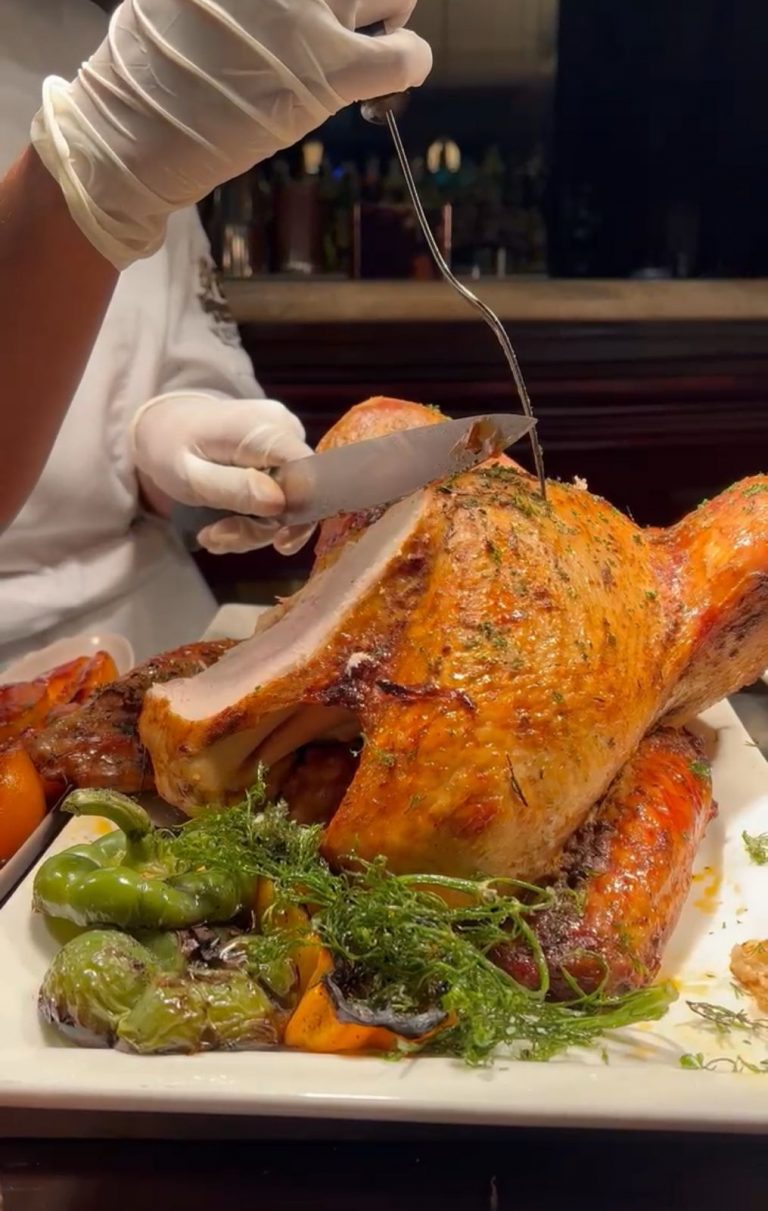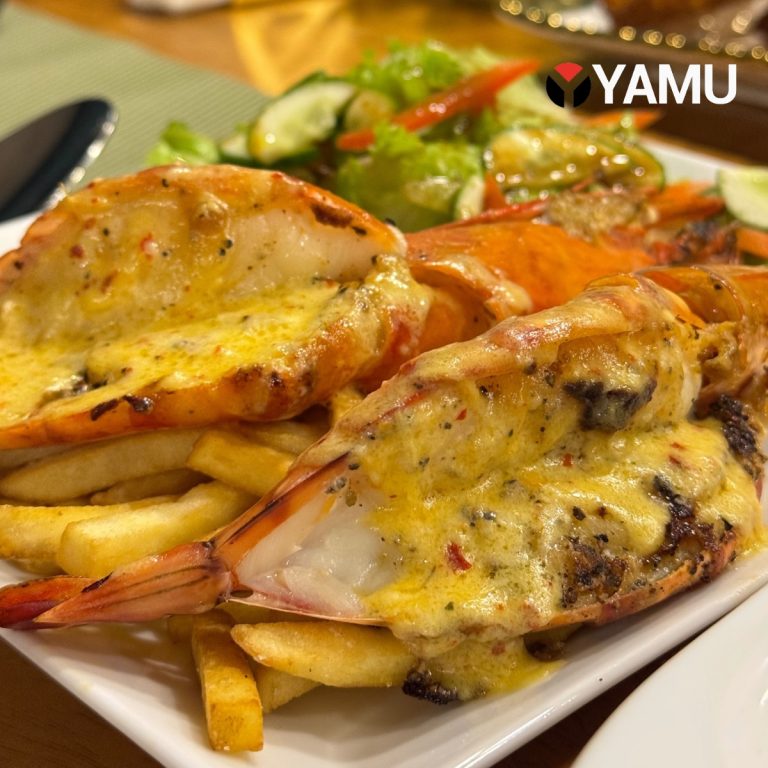Pettah. It’s the oldest, most interesting and perhaps most underrated (at least by Southern Colombars) part of the city. Whatever the more sheltered denizens of Colombo-South may think this teaming, multi-ethnic-warren remains the beating heart of the capital. Almost all the food we buy, a good proportion of the white goods/electronics we use and virtually all the piping, wiring, nuts, bolts and nails that hold together our homes, as well as every sock, hanky and hair clip you’ve ever bought passes through Pettah’s complex wholesale/retail ecosystem at some point.
But Pettah is more than just food, hardware and clothes – anything you might possibly want, more or less everything that is imported in or exported out of this country, from medical equipment to Maldive fish, can be found somewhere in this port-side district and bazaar in one. More than just a market, however Pettah is home to the oldest residential communities in Colombo. Catholic saints stand next to Hindu temples, there are modern Mosques adjacent to ancient Dutch buildings and narrow roads and lanes that house an assortment of merchant-minority communities – Mehnons, Bohras, Gujratis, Afghans… Without any shadow of doubt this is the most fascinating part of our city but for a casual urban-explorer the frenetic mix of commerce and chaos can be almost overwhelming and this is what makes the Dutch Period Museum so special.
Down Princes street, off the ever-crowded 2nd cross-street this amazing and unlikely high-roofed, red-tiled, many columned 17th century Dutch-governor’s mansion is an absolute oasis. Saved from becoming a textile or plastic flower emporium by some far sighted administrators in the late 70’s it’s virtually the last Dutch era building in Pettah (along with Wolvendaal church) and quite possibly the best preserved Dutch building in the city. It might not have the Dutch Hospital’s gloss but it feels considerably more authentic and the moment you step through the arched wooden doors you enter another world and time.
The mansion’s thick walls and inward facing aspect keep Pettah’s cries and clamour at bay and from the ancient hall you look out onto the oldest meda midula or courtyard Garden in Colombo. There’s a solitary old cinnamon tree (symbolic as the Dutch came to Ceylon for Cinnamon), rows of honeysuckles and a lovely stone well on one edge of a well-tended lawn. A low veranda encloses the garden on three sides. It’s one of the most attractive and striking spaces in Colombo. Look closely and you’ll realize that it’s this basic form- the columns and courtyard that Geoffrey Bawa would copy, reinterpret and replicate again and again in his world renowned designs.
While the museum’s collection – headstones, dark, heavy Dutch furniture, the odd document and bits of Delft porcelain isn’t spectacular, just being able to stand in a space that someone from the 17th century would still recognize is worth the Rs 20 admission charge. The dusty upstairs with its creaking wooden floor and views over the garden and the modern warren that’s grown up around it is pretty thought provoking. The journey to the Museum will also take you through the center of Pettah – a quick reintroduction to a district that some more foolish Colombars have made the mistake of forgetting.







